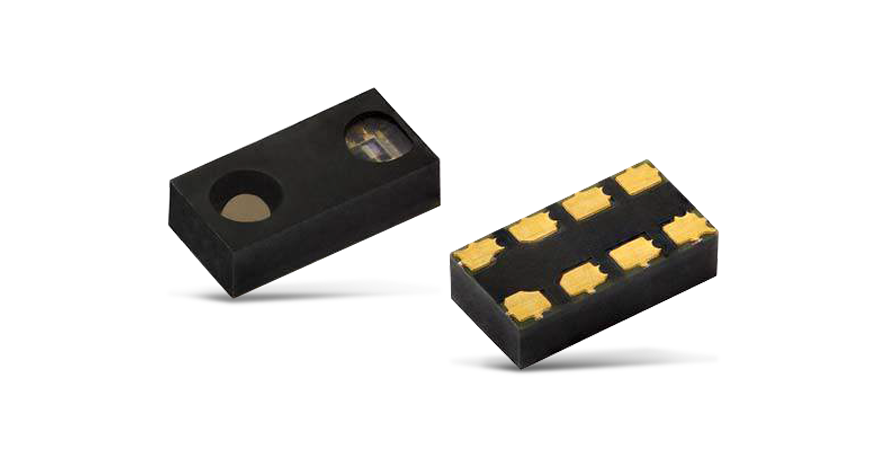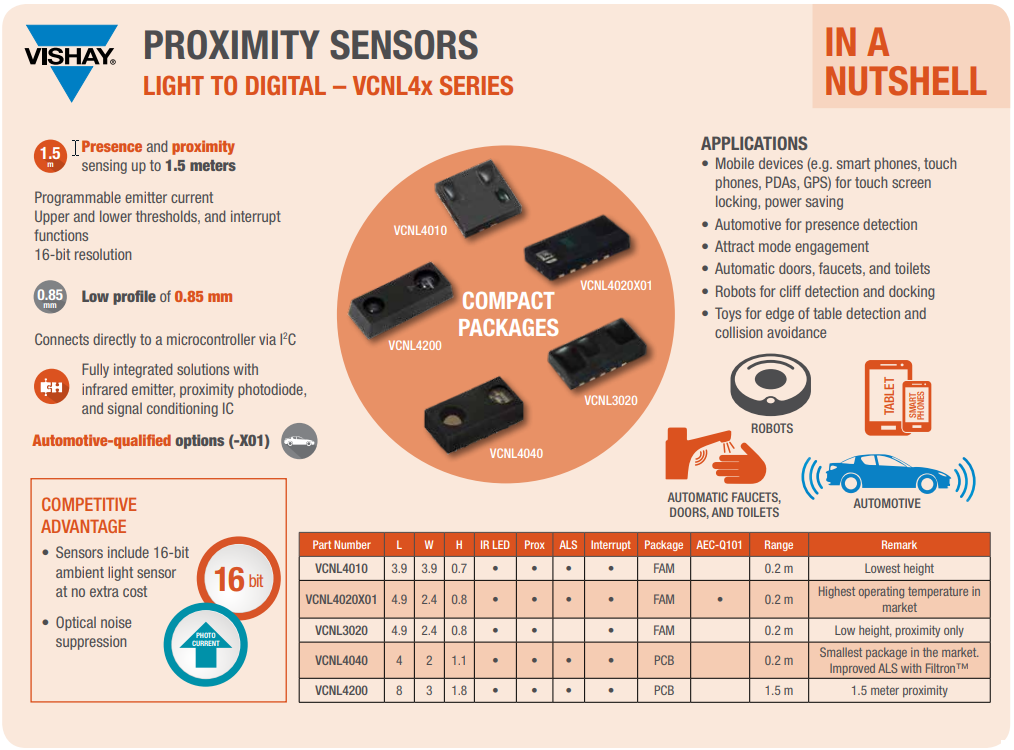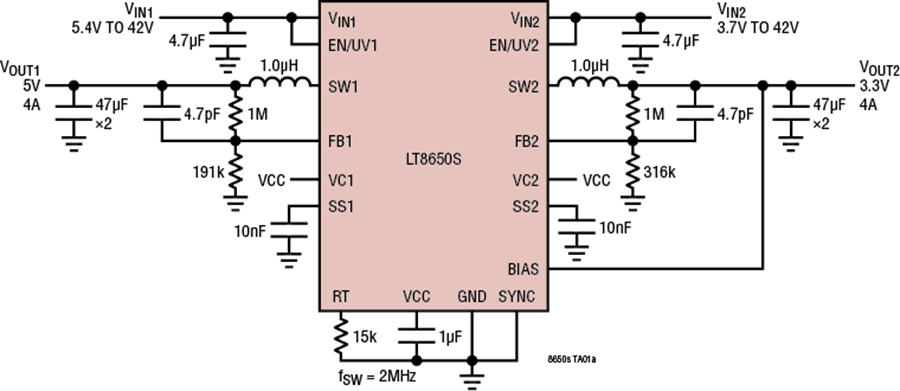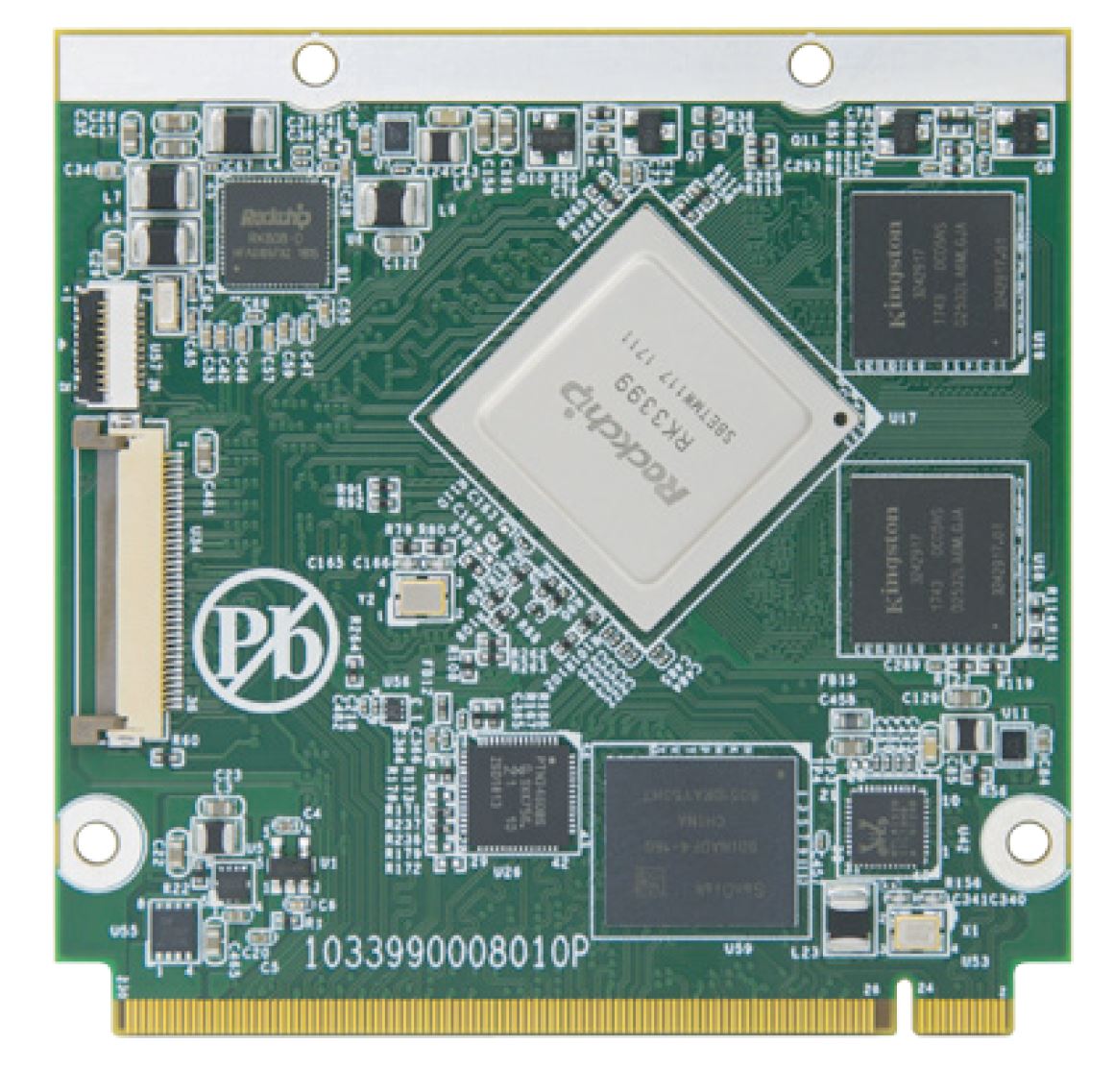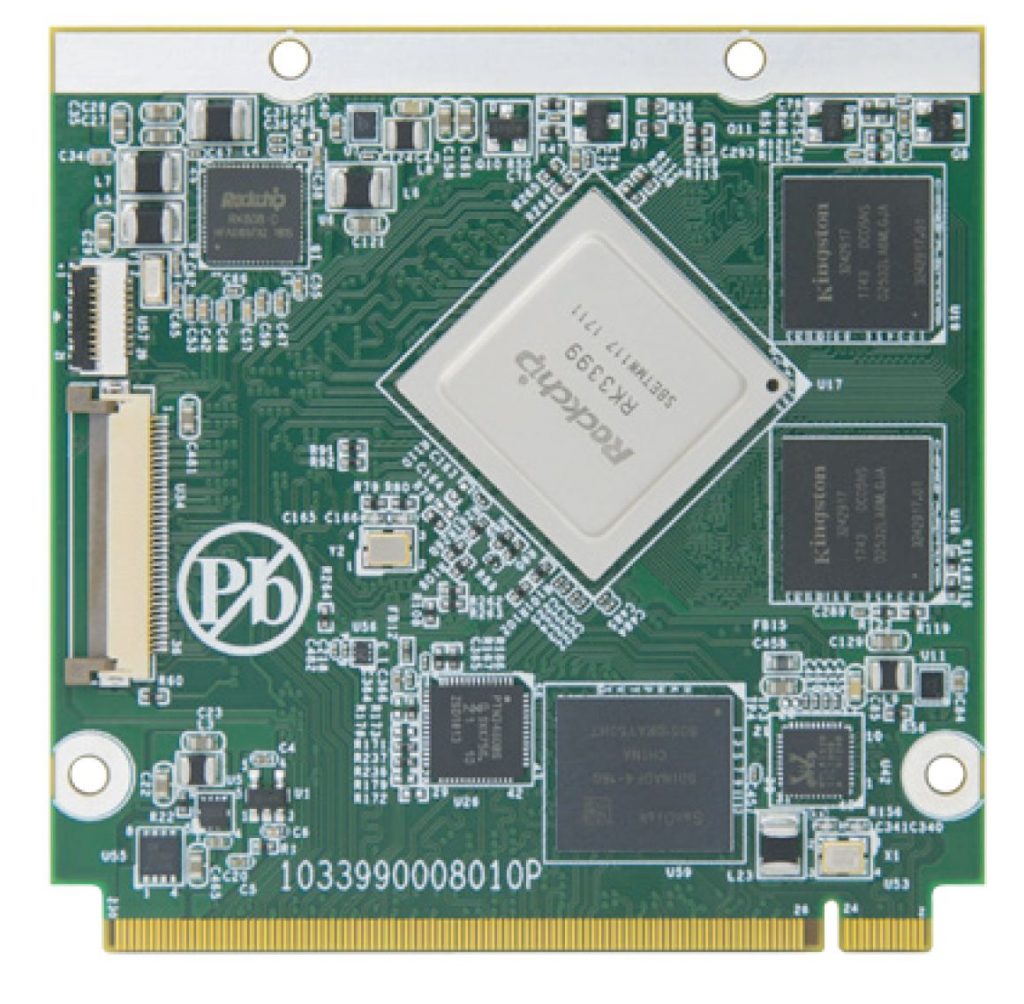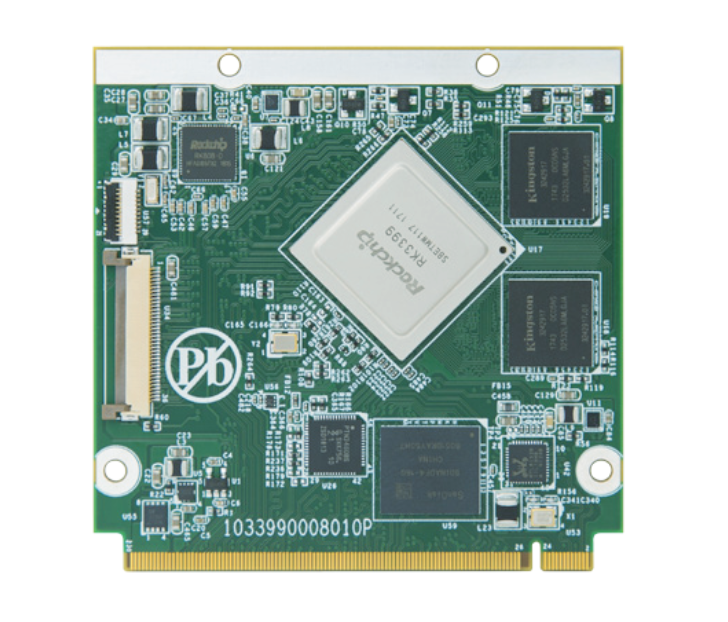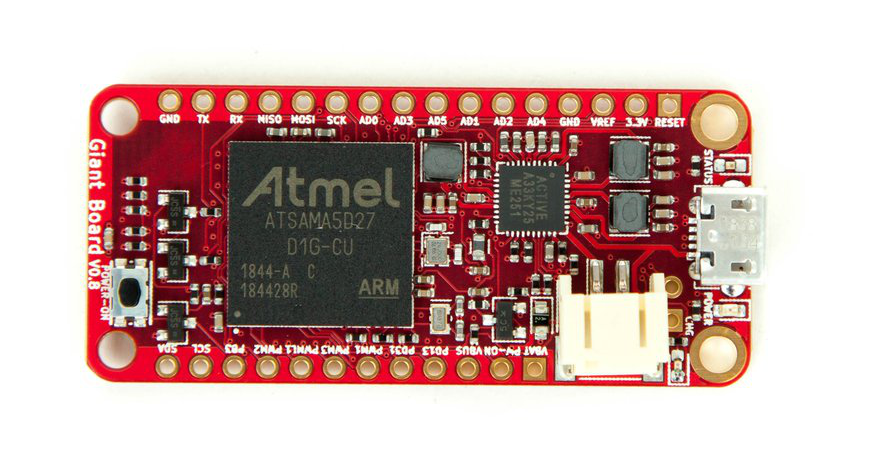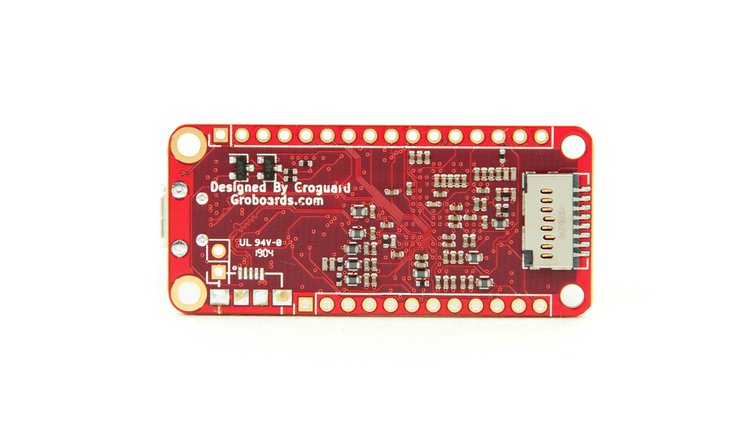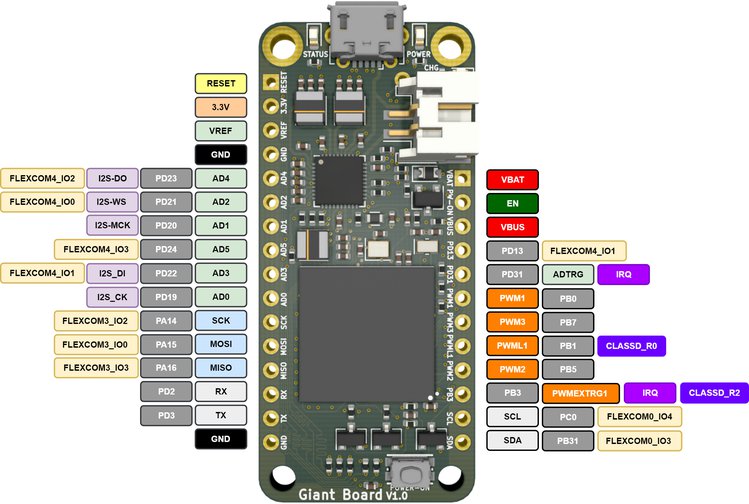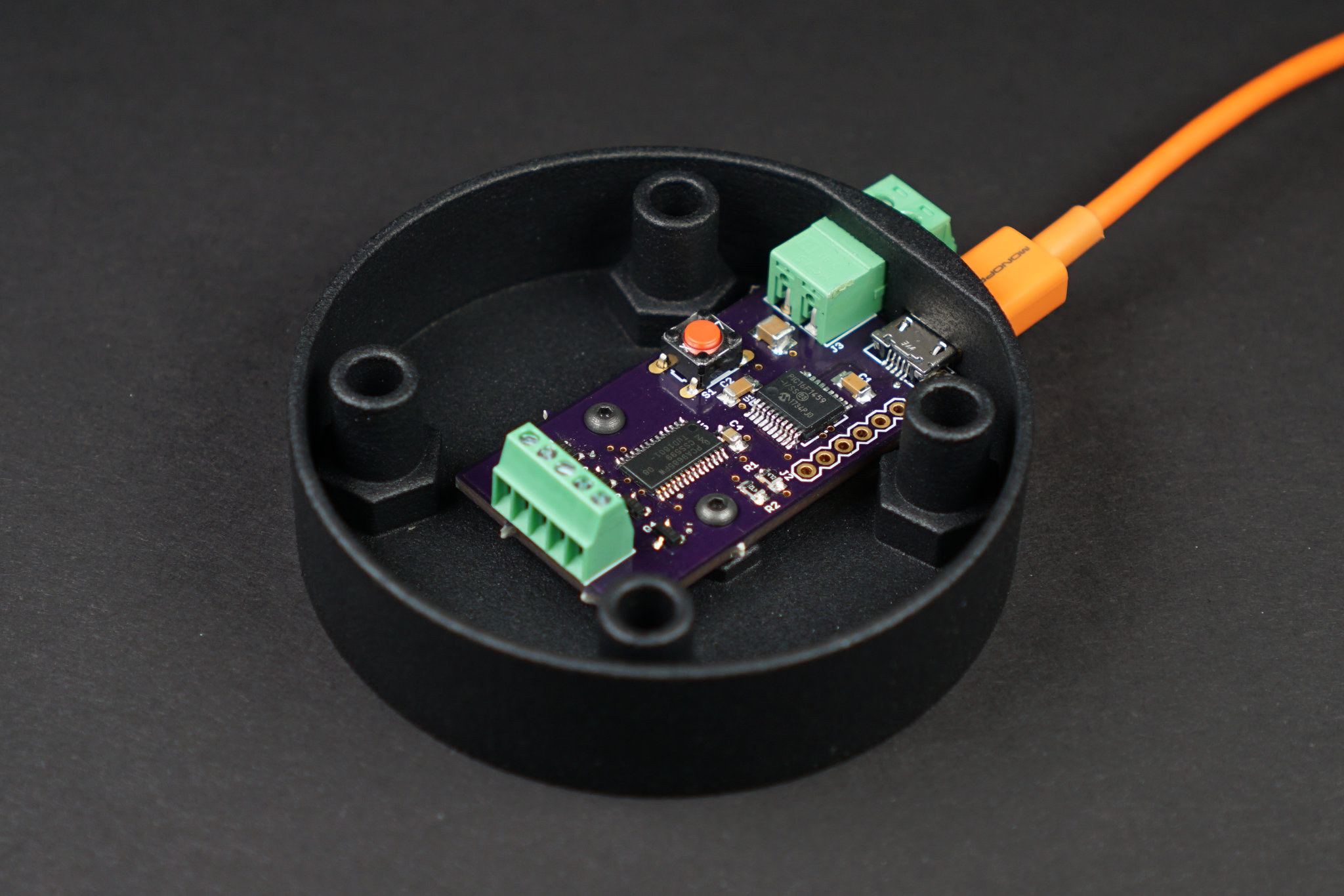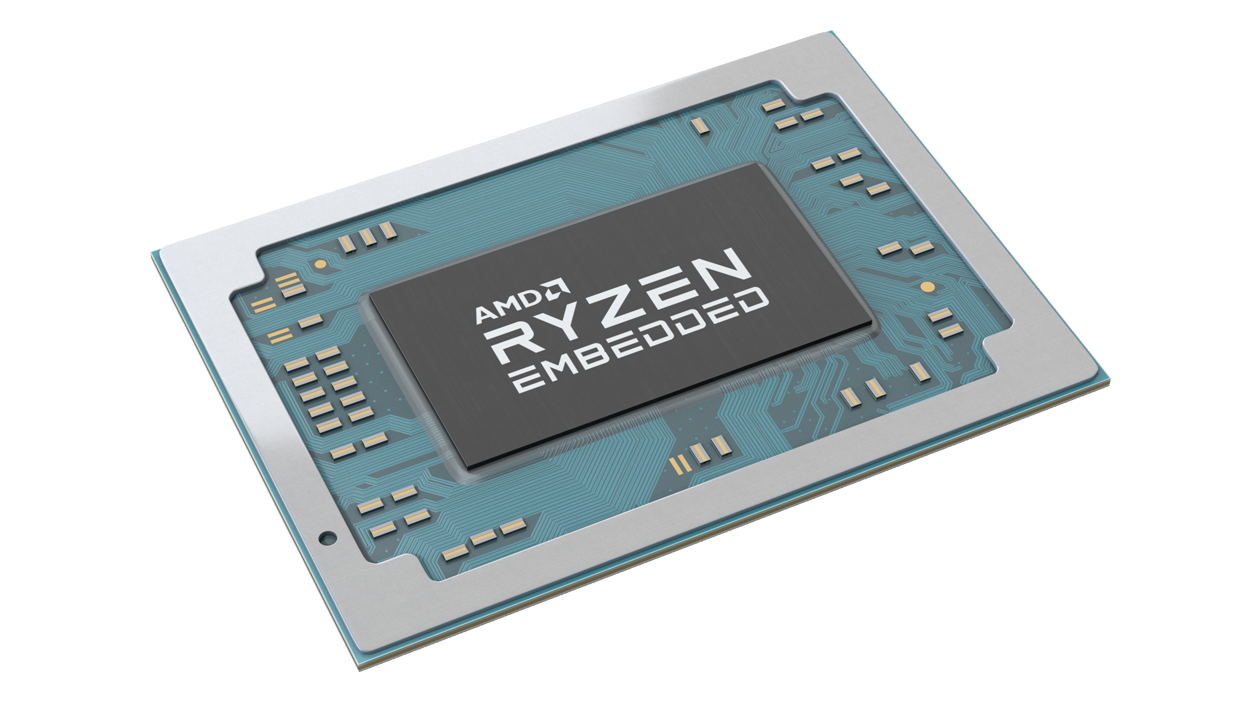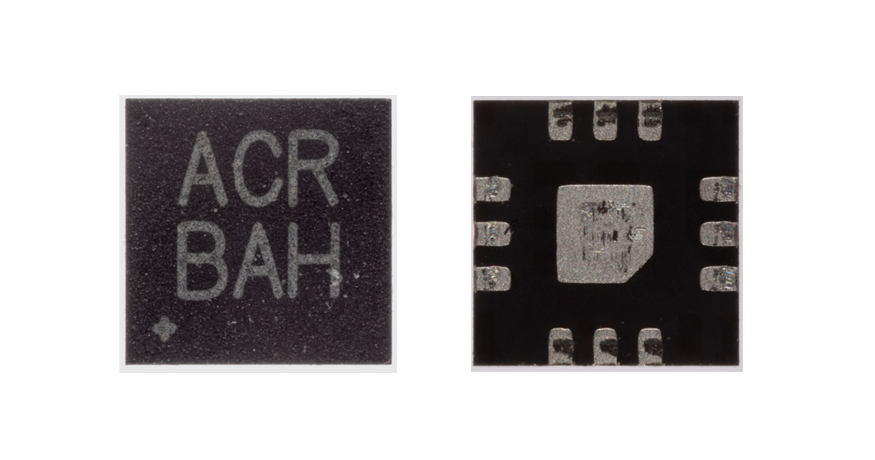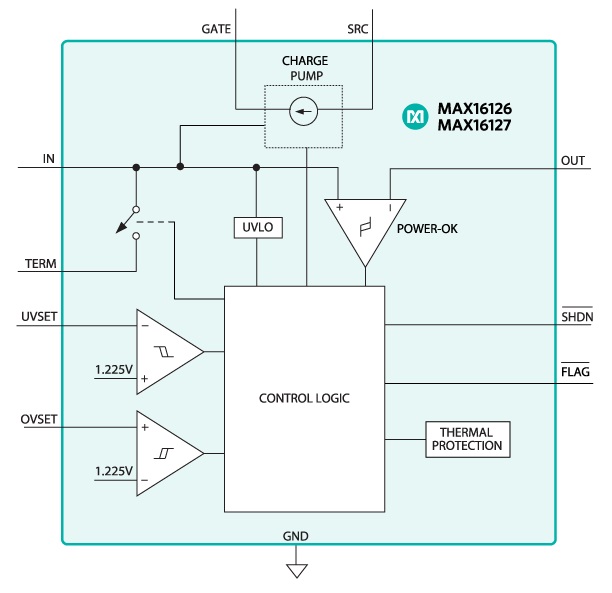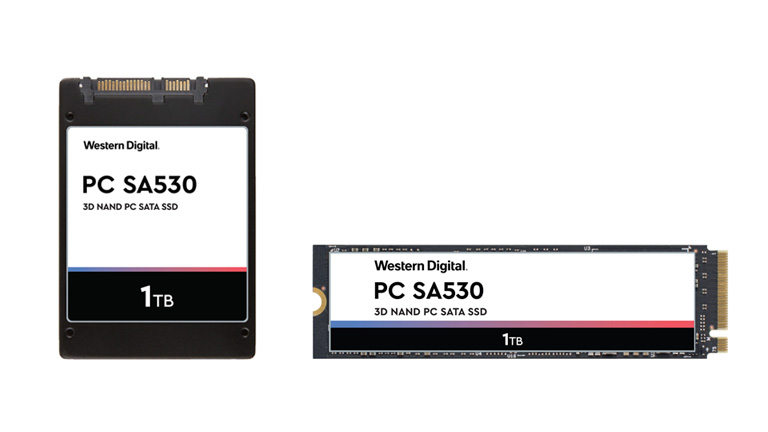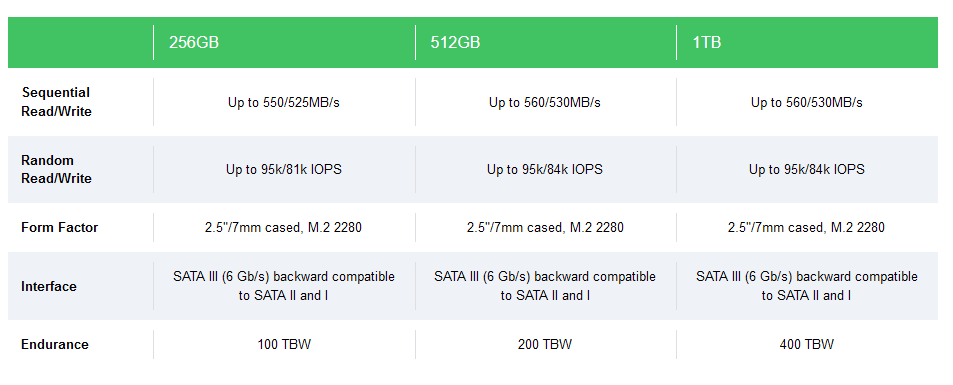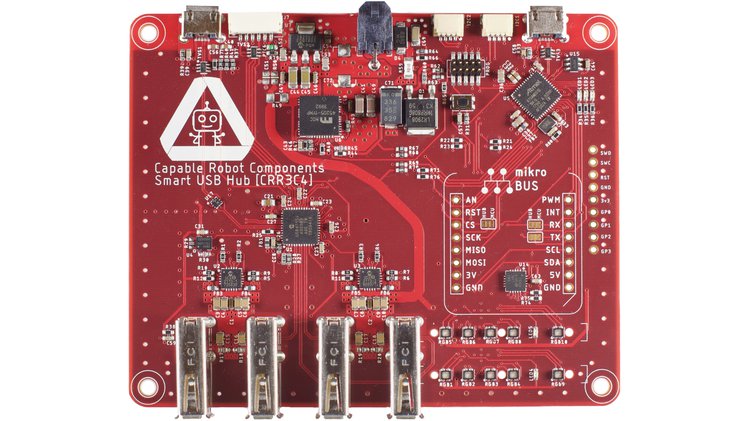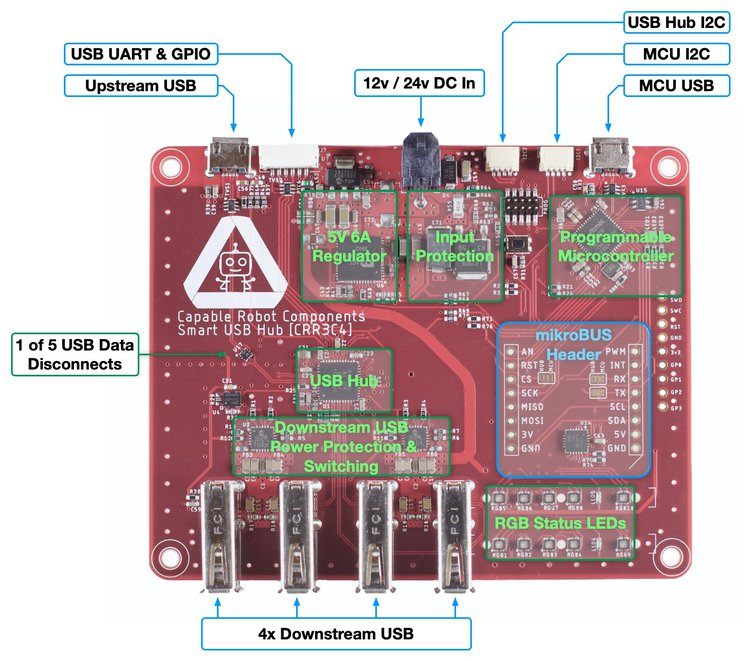Features Filtron™ technology; three-in-one design combines IR emitter, photo detectors, signal processing IC, 16-bit ADC
Vishay’s new VCNL4040 fully integrated proximity and ambient light sensor is now available from TTI, Inc., a world leading specialist distributor of electronic components. Featuring Filtron™ technology, the VCNL4040 combines an IR emitter, photo detectors for proximity and ambient light, a signal processing IC and a 16-bit ADC. The new device is offered in one of the market’s smallest surface-mount packages, at only 4mm x 2mm x 1.1mm. The three-in-one sensor features an interrupt function and supports an I²C bus communications interface, which significantly simplifies window and sensor placement. Suitable applications for the VCNL4040 include home automation, consumer devices, industrial applications, handheld devices, notebooks and tablets.
Block diagram
The highly accurate ambient light sensor (ALS) offers 16-bit high resolution with sufficient selections to suit the demands of most applications, whether dark or high transparency lens design. Patented Filtron™ technology achieves ambient light spectrum sensitivity close to real human eye responses, with fluorescent light flicker immunity. The proximity function offers immunity to red glow (940nm IRED) and has an intelligent cancellation scheme that effectively reduces crosstalk and a smart persistence scheme to reduce response time. Both the ALS and proximity sensor (PS) operate in parallel, and can be programmed for high and low interrupt thresholds, so only using minimal amount of microprocessor resource.
Features
- Detection range up to 20cm
- 12-bit or 16-bit proximity sensor resolution
- 16-bit ambient light sensor resolution
- Elimination of cross-talk
- Tiny package of 4.0×2.0x1.1mm height
- I2C protocol (SMBus compatible) interface
- Emitter forward current
- Proximity resolution
- Four selectable lux ranges
- Interrupt with upper and lower thresholds
- Power on, shutdown
Other specifications include operating voltage between 2.5V to 3.6V, temperature compensation of -40deg.C to +85degC. and a low power consumption I²C SMBus compatible interface.
Further information is available on www.vishay.com


